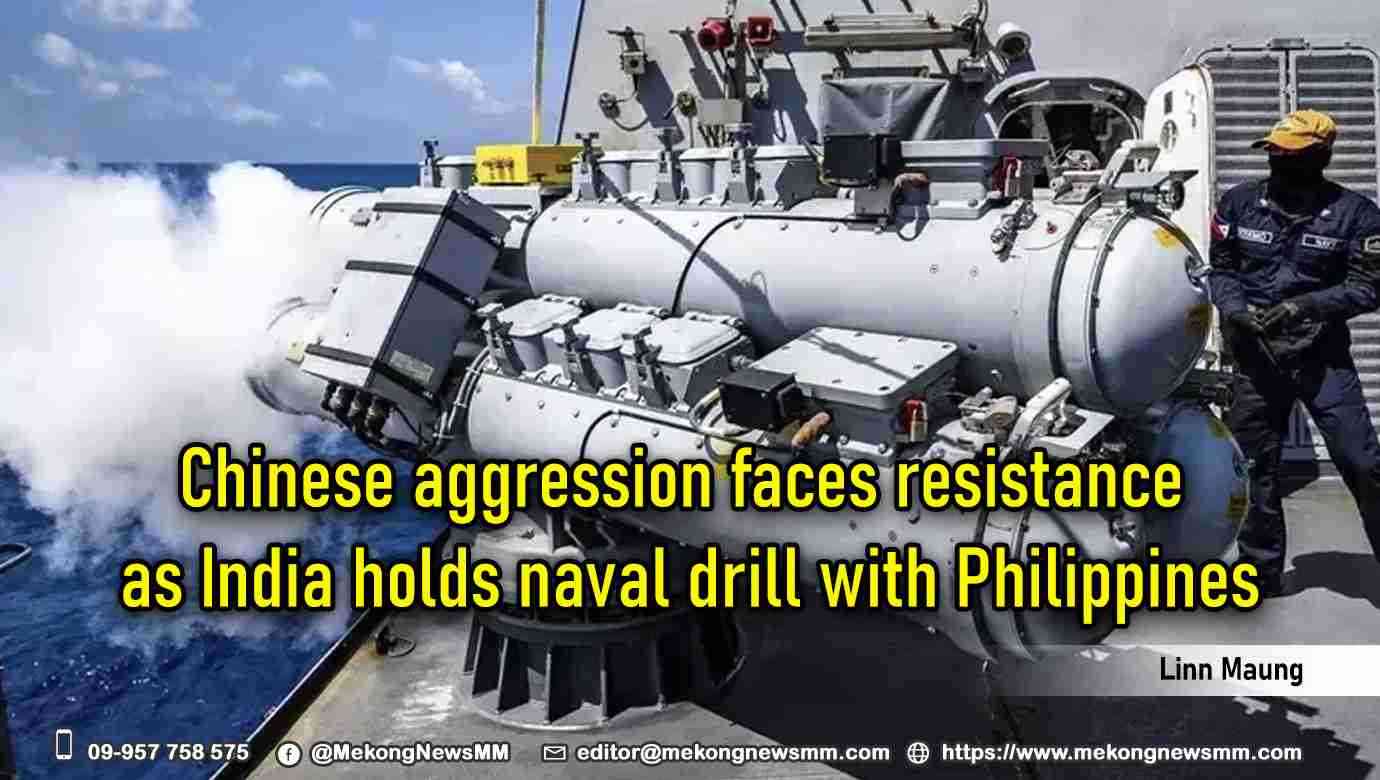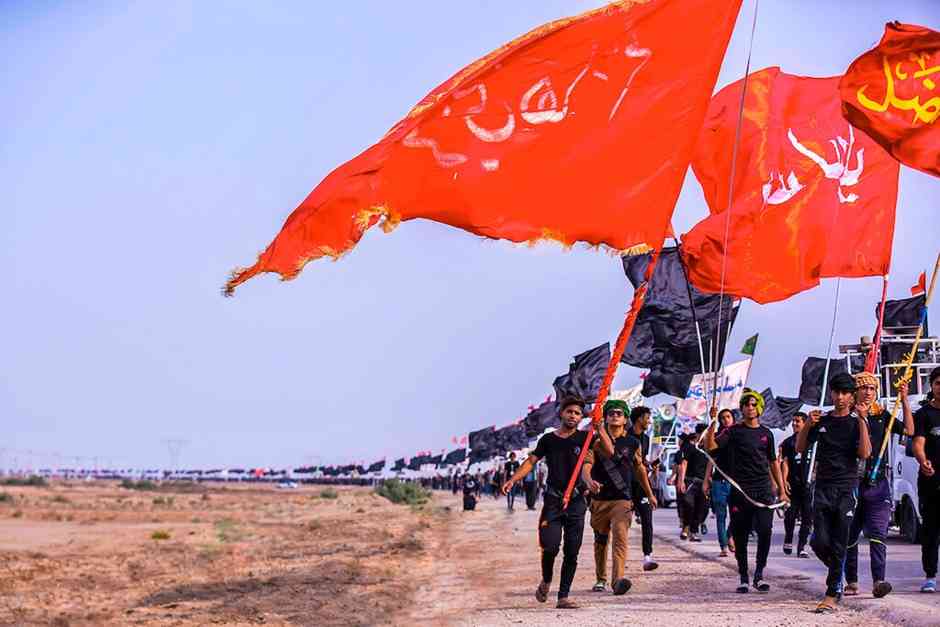
The tiny Southeast Asian country, Laos’ sovereignty is in danger of being eroded with a long-running economic crisis and its public and publicly guaranteed debt at 125% of GDP more than half of which is owed to China. Laos highlights the risk of taking on too much debt too quickly, especially non-concessional debt.
In Laos, China became the largest foreign investor with some $5 billion spread across 745 projects, overtaking Thailand. The China-led strategy was meant to protect countries like Laos from economic shocks — instead, it led to them. Today Laos is struggling to repay the billions it borrowed from China to fund the hydroelectric dams, trains and highways, which have drained the country of foreign reserves. As repayments drag, external debt is rising, a vulnerability exacerbated by the pandemic and rising global fuel and food prices.
The escalating public debt in Laos has sparked global discussions regarding the sustainability within the region. This concern primarily stems from China’s increasing role as a significant financier of Southeast Asian infrastructure projects, raising fears that China might be using debt to gain geopolitical leverage by ensnaring impoverished nations in unmanageable loan agreements.
When President Xi Jinping of China proposed the Belt and Road Initiative (BRI) in a pair of speeches in 2013, the initiative became popular in the developing world, where almost all countries face infrastructure deficiencies. Beijing has loaned almost $1 trillion to developing nations in the past two decades. But China was specifically providing debt and burdening borrowing countries with high-interest rates they could not repay.
From the beginning a decade ago, the program lacked transparency, so it is difficult to find details on how much China is lending for different projects, what the terms of the loans are, how contractors were chosen, and what environmental and social risks are involved. Horn, Reinhart, and Trebesch find that much of China’s overseas lending does not appear in the World Bank and International Monetary Fund (IMF) data for sovereign debt.
BRI has also been criticised as an effort to export China’s authoritarian model, as a number of major loan recipients have poor records of democracy and civil liberties like in Cambodia and Laos in Asia.
What then results is called ‘Debt-trap diplomacy (DTD),’ now associated as a Chinese policy tool connected to BRI. The approach to Debt-trap diplomacy begins by China intentionally lending excessively money to low-income indebted states that cannot later repay Chinese debt. Loan taking nations see a rise in public debt. However, it is difficult to say how much Chinese financing is going to infrastructure in Southeast Asia because the Chinese effort lacks transparency. China’s loans are largely coming from the two policy banks: China Development Bank and China EXIM Bank. They borrow on domestic and international capital markets and lend with a spread, so they expect to be financially self-sufficient.
Consider the case of Laos where a $5.9 billion railway connecting the southern Chinese city of Kunming with the Laotian capital, Vientiane was built by China as part of its ambitious Belt and Road Initiative (BRI). Chinese state-owned companies hold a 70% share in the railway while the Laotian government, which holds the remaining 30%, incurred $1.9 billion in debt to have it built. Laos has also taken on huge debts over the past decade as it constructed dozens of Chinese-backed dams along the Mekong River and its tributaries.
- The brains behind Matavire’s immortalisation
- Red Cross work remembered
- All set for inaugural job fair
- Community trailblazers: Dr Guramatunhu: A hard-driving achiever yearning for better Zim
Keep Reading
To pay for these projects, the government faces average annual public debt servicing payments of $1.2 billion a year over the next five years, according to the Asian Development Bank. With the country’s gross domestic product projected to be just $14.09 billion in 2023, public debt is now at a critical level,and debt servicing[presents substantial risks.
According to the AidData research lab at William & Mary, which tracks China’s lending, there is “no country in the world with a higher amount of debt exposure to China than Laos. It is a very, very extreme example,” said Brad Parks, AidData’s executive director. “Laos went on a borrowing spree and got in over its head.”
But there are serious ramifications with regard to Laos’s sovereignty. Laos has had to make compromises to appease Beijing and seek some financial forbearance, allowing Chinese security agents and police to operate in the country as Beijing extends its repression beyond its borders, according to human rights groups and Lao activists. The Laotian electrical grid is now partly controlled by China, in what analysts believe is a trade-off in lieu of debt repayments.
Across Southeast Asia, BRI projects have come at the expense of sustainable development. Public debt in Sri Lanka, Timor Leste, Indonesia, Malaysia, Singapore, Philippines, Thailand, Brunei Darussalam, Vietnam, Laos, Myanmar, and Cambodia, has an impact on almost all lines of the economic sector. When the public debt is not balanced by the real sector, which is represented by economic growth, consumption growth, and government spending, it will become a threat to the economy when public debt payments are due and state revenues are insufficient to make payments and the real sector is not strong enough to support cash outflows. As a result of the payment of a public debt, there is the potential for a crisis.
But the most serious consequence of the Debt Trap Diplomacy is that the borrowing state relinquishes some of its strategic assets to decrease its debt burden towards China (debt-for-equity swap), making it far more complicated than it is usually portrayed by China.
Studies indicate that China ‘deliberately pursues malicious ‘debt trap diplomacy’ to project undue political influence over sovereign nations’ via lending Chinese capital. Debt trap diplomacy poses a huge risk because China does not follow up on globally recognized sustainable and transparent lending practices, such as offering transparency and financial sustainability. China would trade debt for a country’s strategic assets instead. In addition, China’s policy does not comply with the international efforts promoted by the World Bank (WB) and International Monetary Fund (IMF) in developing countries. These efforts try to enhance transparency, which targets the improvement of policymaking, prevention of debt crises, and discouragement of corruption.
Furthermore, China strategically lends money to states that cannot repay the debt, which then enables China to win some strategic goods by gaining access to natural resources, military bases, or important harbours.
Sri Lanka fell into default for the first time in its history back in 2022 after its foreign reserves dwindled. When the island was not able to repay the loans it offered Hambantota Port as an exchange for a removal of its financial burden. Even as shocking images of ordinary Sri Lankans breaking into Presidential residences and storming government buildings were seen by people across the world, China’s Foreign Ministry spokesman dismissed the “debt-trap diplomacy” allegation, describing it as rhetoric from the US.
China argues that debt forgiveness to countries like Laos or Sri Lanka will open it up to similar requests from governments around the globe. Resultantly, China has come to be seen as a rapacious and unbending creditor.
Thus, as a predatory lender, Beijing risks alienating the very countries it set out to woo with the BRI causing debt and distress.











